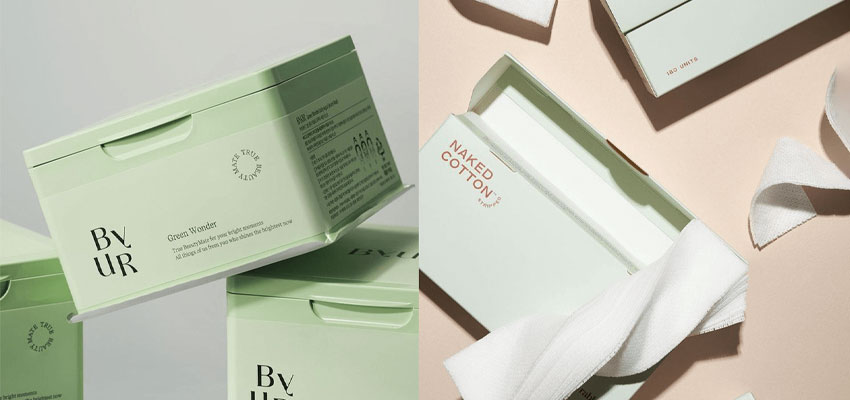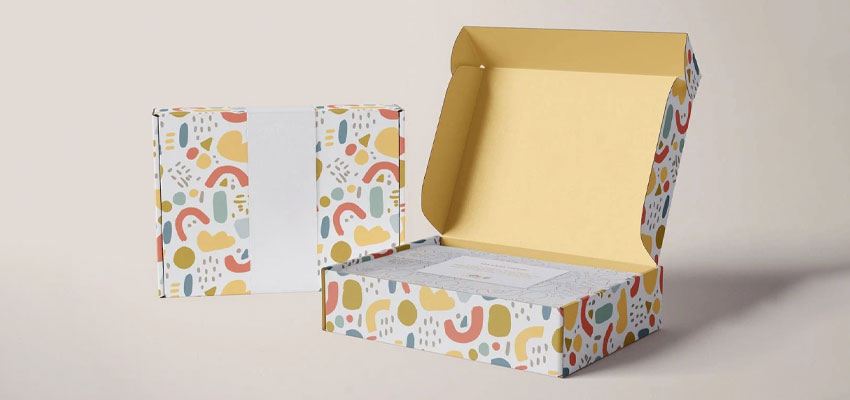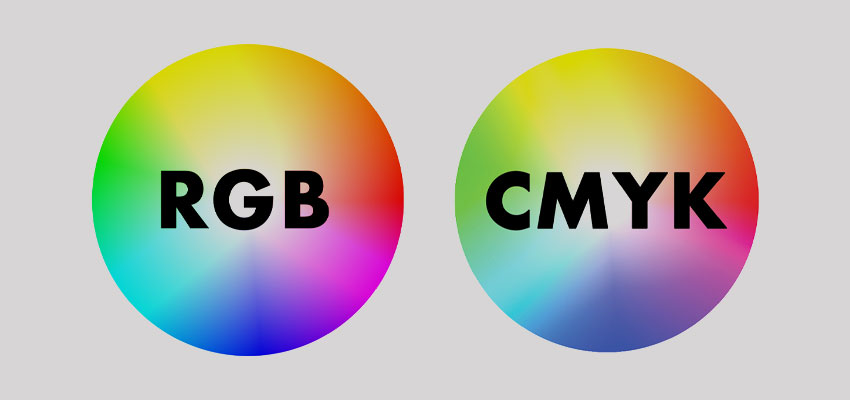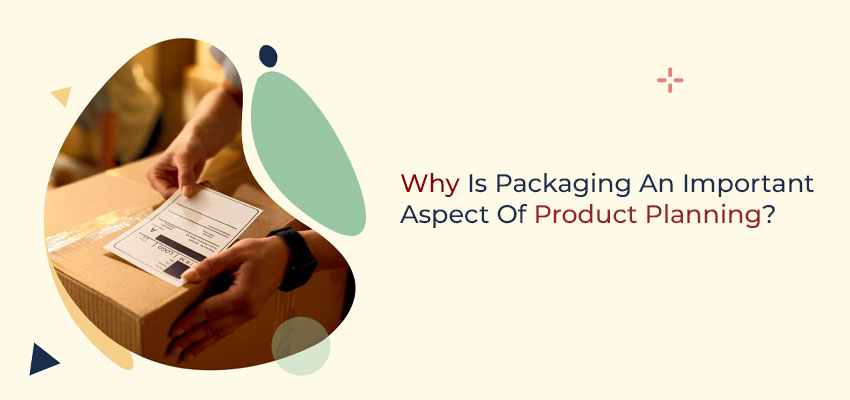
Packaging is more than just a container for your products. It’s an essential element of product planning that blends design, functionality, and branding into one cohesive package.A great packaging strategy not only ensures that products are well-protected but also shapes consumer perceptions, enhances brand recognition, and drives purchasing decisions.Let’s delve deeper into why packaging is crucial in product planning, covering all its purposes, functions, and how it connects to consumer psychology and market trends.
What Is Packaging In Marketing?
Packaging in marketing serves as a bridge between your product and potential customers. It communicates your brand identity, provides key product details, and creates a memorable first impression.Packaging is often referred to as the "silent salesman," as it does much of the selling in a retail environment.For instance, a cosmetic product with sleek, minimalist packaging often signals luxury, while eco-friendly materials demonstrate a brand’s commitment to sustainability.Companies like Apple excel in using packaging to reflect their values of simplicity and innovation.
Why Is Packaging Important?
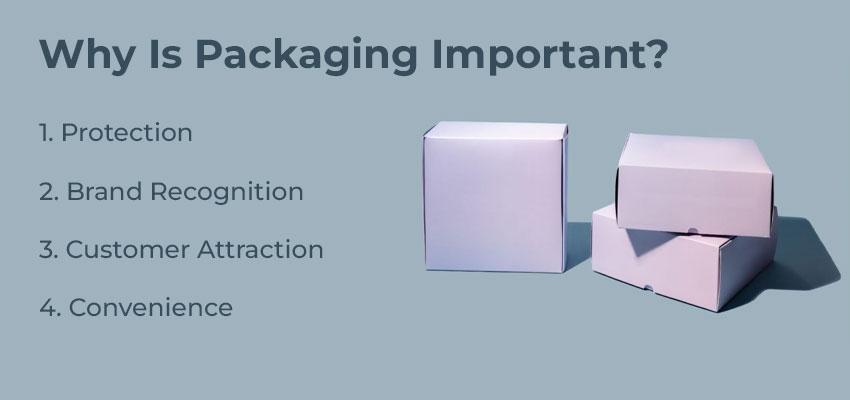
Packaging plays a variety of roles that go beyond basic protection. Here are some of the most important:
1. Protection
Keeps products intact from production to delivery. Durable materials and secure designs minimize damage.
2. Brand Recognition
Consistent use of logos, colors, and typography enhances memorability. Think of Coca-Cola’s globally recognized red and white design.
3. Customer Attraction
Eye-catching designs draw customers’ attention on shelves or online marketplaces.
4. Convenience
Functional packaging, like resealable pouches or ergonomic designs, improves user experience.
The psychology behind packaging can’t be ignored research shows that consumers form impressions within seven seconds of seeing a product, often based on packaging alone.
Purposes Of Packaging In Product Planning
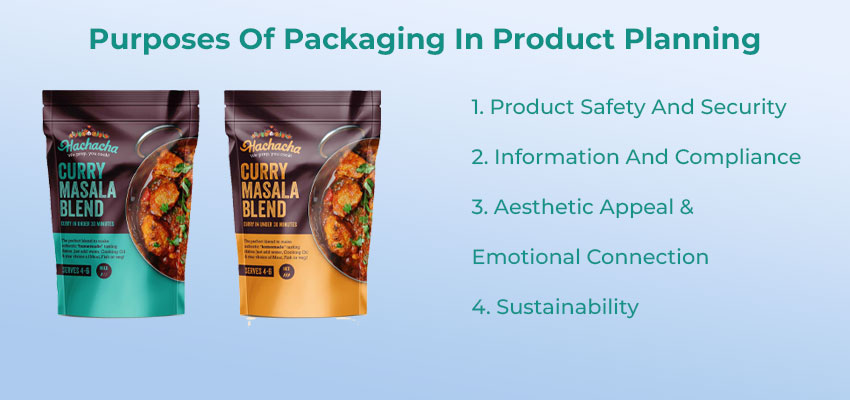
Packaging serves multiple purposes, and understanding these can help brands develop strategies that maximize impact:
1. Product Safety And Security
Protecting products is the most basic function. Fragile items like electronics or glassware require specialized designs to prevent damage during shipping and handling.
2. Information And Compliance
Packaging communicates crucial details like ingredients, usage instructions, and regulatory information, ensuring transparency and compliance.
3. Aesthetic Appeal And Emotional Connection
Thoughtful packaging design resonates emotionally with customers. For example, Tiffany’s iconic blue box is synonymous with sophistication and exclusivity.
4. Sustainability
As environmental concerns grow, sustainable packaging has become a key differentiator. Brands like Lush and Nestlé are investing heavily in eco-friendly packaging materials.
The Most Important Function Of Packaging
While aesthetics and branding are essential, protection remains the most critical function. If the product doesn’t arrive safely, all other efforts are wasted.Smart packaging solutions, such as shock-absorbing inserts for electronics or vacuum-sealed food packaging, ensure products maintain their quality.
Branding And Packaging: A Powerful Duo
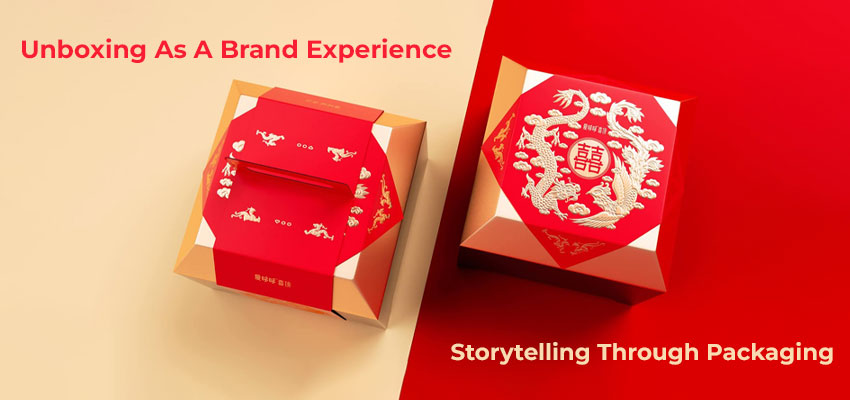
Effective packaging transforms a product into an extension of the brand. Consider these examples:
Unboxing As A Brand Experience
Brands like Samsung and Nike craft unique unboxing moments that elevate customer satisfaction and encourage social sharing.
Storytelling Through Packaging
Some brands use packaging to narrate their values. For example, a coffee company might include the story of the farmers who grew the beans, printed directly on the packaging.
By aligning packaging design with brand storytelling, companies create memorable and emotional connections with their customers.
Eco-Friendly Packaging: The Future Of Consumer Goods
Sustainability has become a critical consideration in product planning. With rising consumer awareness, brands that invest in biodegradable, recyclable, or reusable packaging gain a competitive edge.
For instance, Unilever has pledged to reduce its virgin plastic use by 50% by 2025. Similarly, Patagonia uses only sustainable materials for its product packaging, reinforcing its commitment to environmental responsibility.
Read More: A Detailed Discussion On UPS Labels For Shipping
Steps To Integrate Packaging Into Product Planning
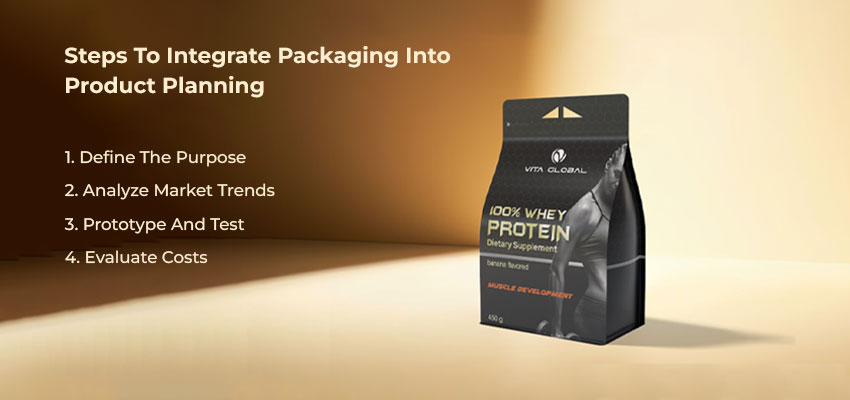
Packaging decisions should be integral to product development rather than an afterthought. Here’s how businesses can streamline this process:
1. Define The Purpose
Determine whether the focus is on protection, branding, sustainability, or convenience.
2. Analyze Market Trends
Study competitor packaging and current consumer expectations. For example, minimalist designs and eco-friendly materials are popular right now.
3. Prototype And Test
Develop prototypes and gather feedback to optimize design and functionality.
4. Evaluate Costs
Choose materials and designs that balance quality and affordability.
How Packaging Influences Consumer Behavior
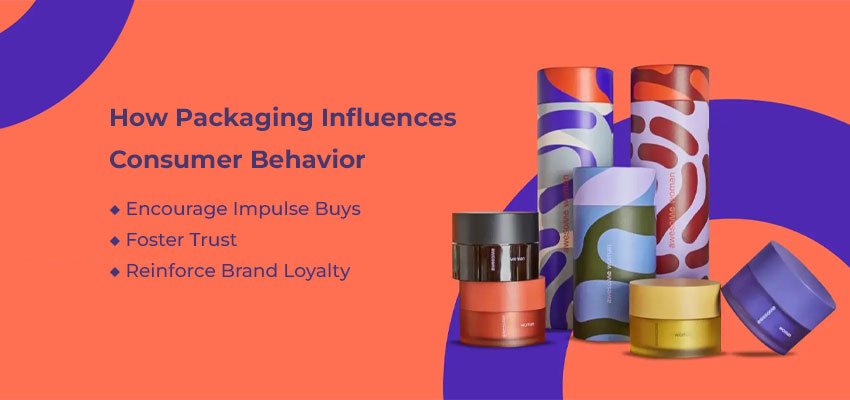
Packaging is a decisive factor in the purchasing process. The right packaging can:
Encourage Impulse Buys
Bright colors and bold designs grab attention on crowded shelves.
Foster Trust
High-quality materials and finishes convey professionalism and reliability.
Reinforce Brand Loyalty
Unique designs create memorable experiences, fostering repeat purchases.
Brands like Glossier have mastered this balance. Their clean, aesthetically pleasing packaging complements their product’s branding, making them a favorite among young consumers.
Final Words:
Packaging isn’t just a box it’s a brand ambassador, a storyteller, and a protective shield. From boosting brand visibility to enhancing consumer trust, packaging plays an integral role in product planning.At Your Box Packaging, we specialize in custom solutions that align with your brand’s identity and values. Whether you’re looking for sustainable options or innovative designs, our team is here to help.Let us help you craft packaging that not only protects your product but also tells your story. Contact us via email today at sales@yourboxpackaging.com and transform your packaging into a powerful marketing tool!
